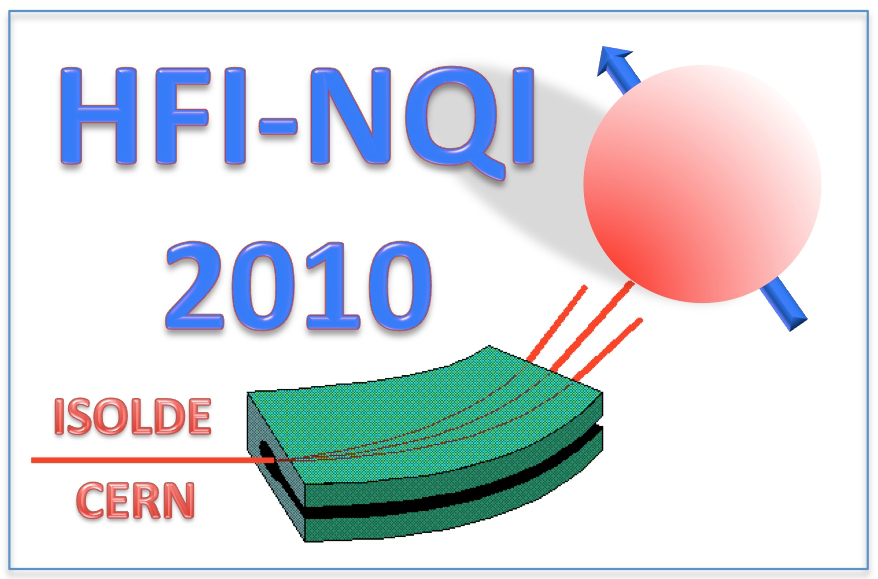Speaker
Dr
Manfred Deicher
(Technische Physik, Universität des Saarlandes, D-66041 Saarbrücken, Germany)
Description
One of the main obstacles to the technical application of many wide-gap semiconductors represents the difficulty to achieve reliable and sufficient p-type or n-type doping. Possible causes are the electrical compensation of dopants by native defects or other impurities present in the material. For the II-VI semiconductors CdTe, ZnTe, and ZnSe it has been shown [1,2] by perturbed Gamma-Gamma angular correlation spectroscopy (PAC) that the concurrent presence of In donors and group-V acceptors leads to the formation of neighboring donor-acceptor pairs. In case of ZnO, the affinity to form donor-acceptor complexes may help to overcome the limitations of p-type doping of this material as outlined in the theoretically proposed concepts of cluster-doping [3] or co-doping [4].
Here, we report on PAC results obtained by co-doping experiments of ZnO using the donor 111In and different group-V acceptors. Fig. 1 shows a PAC spectrum obtained after the implantation of ZnO with 111In and P and after annealing at 850 K. Besides the lattice electric field gradient (EFG) due to the wurtzite structure of ZnO (nQ Lattice = 31 MHz), two additional EFG caused by the formation of In-defect complexes are observed. They are characterized by two slightly different nearly axially symmetric EFG with nQ1 = 175(1) MHz (Eta = 0.1) and nQ2 = 155(2) MHz (Eta = 0). Due to the wurtzite structure of ZnO having different nearest neighbor distances along the c axis and in the basal plane, respectively, even for identical defect complexes two different EFG are expected to occur. The magnitudes of the EFG observed here are similar to that of the EFG known for In-acceptor complexes in other II-VI semiconductors [1,2]. The nature of the defects in ZnO and the efficiency of different co-doping procedures will be discussed.
The results of first PAC experiments on the formation of donor-acceptor complexes using group-VII donors in ZnO utilizing the radioactive donor 77Br will be discussed, as well.
This work has been supported by the Bundesministerium für Bildung und Forschung (BMBF) under contract no. 05KK7TS1.
[1] V. Ostheimer, A. Jost, T. Filz, St. Lauer, H. Wolf, and Th. Wichert, Appl. Phys. Lett. 69, 2840 (1996).
[2] S. Lany, P. Blaha, J. Hamann, V. Ostheimer, H. Wolf, and Th. Wichert, Phys. Rev B 62 R2259 (2000).
[3] L.G. Wang and A. Zunger, Phys. Rev. Lett. 90, 256401 (2003).
[4] T. Yamamoto and H. Katayama-Yoshida, Physica B 302-303, 155 (2001).
Author
Mr
Muhammed Türker
(Technische Physik, Universität des Saarlandes, D-66041 Saarbrücken, Germany)
Co-authors
Dr
Herbert Wolf
(Technische Physik, Universität des Saarlandes, D-66041 Saarbrücken, Germany)
Dr
Manfred Deicher
(Technische Physik, Universität des Saarlandes, D-66041 Saarbrücken, Germany)
The ISOLDE-Collaboration
(CERN, CH-1211 Geneva 23, Switzerland)
Prof.
Thomas Wichert
(Technische Physik, Universität des Saarlandes, D-66041 Saarbrücken, Germany)
